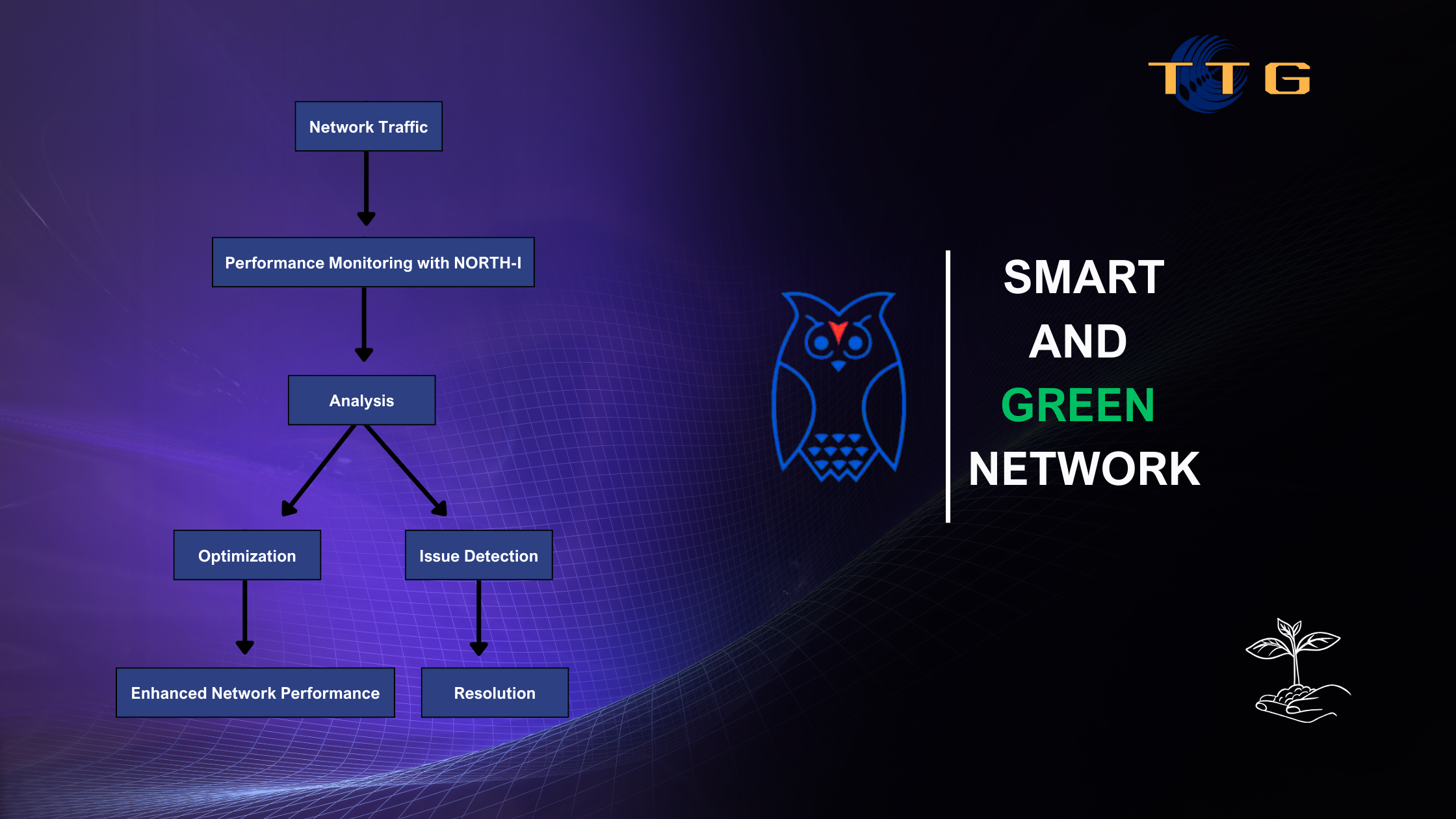Understanding PRB and Cell Capacity: A Comprehensive Guide to LTE Resource Utilization
The world of Long-Term Evolution (LTE) is vast and intricate, with many components working together to ensure seamless communication. One of the critical elements in this ecosystem is the Physical Resource Block (PRB). In this blog, we will explore the relationship between PRB and cell capacity, how they are utilized, and the intricacies of predicting cell capacity.
1. What is a Physical Resource Block (PRB)?
A PRB is the smallest unit of resource allocation in LTE. It comprises 12 consecutive subcarriers in the frequency domain and one slot (0.5 ms) in the time domain. The number of available PRBs is directly proportional to the system bandwidth. For instance, a 20 MHz bandwidth will have 100 PRBs. Also see: Understanding LTE’s Physical Resource Block (PRB).
2. PRB and Cell Capacity Relation
The cell capacity in an LTE system is calculated based on the number of PRBs and the Modulation and Coding Scheme (MCS) index. The formula is:
Cell Capacity (Mbps)=Number of PRBs × MCS Index × Subframe Allocation × Number of AntennasCell Capacity (Mbps) = Number of PRBs × MCS Index × Subframe Allocation × Number of Antennas
Where:
- Number of PRBs: Depends on the system bandwidth.
- MCS Index: Ranges from 0 to 31, with higher values indicating higher data rates.
- Subframe Allocation: Refers to the number of subframes allocated for transmission in a radio frame.
- Number of Antennas: Typically 2 for a 2×2 MIMO system.
3. Formulations and Examples
Example: Consider an LTE system with a 10 MHz bandwidth (50 PRBs), an MCS index of 15, subframe allocation of 1 (all subframes are used), and 2 antennas.
Cell Capacity=50×15×1×2=1500Mbps
4. Predicting Cell Capacity in an Urban LTE Network
Scenario: Imagine an urban LTE cell located in a busy downtown area. The cell operates on a 20 MHz bandwidth, which means it has 100 PRBs available. During peak hours, the cell experiences high user demand, with many users streaming videos, making video calls, and browsing the internet.
Given Data:
- Bandwidth: 20 MHz
- Number of PRBs: 100
- Average MCS Index during peak hours: 20 (due to good signal quality but some interference)
- Subframe Allocation: 0.9 (90% of subframes are used for data transmission)
- Number of Antennas: 2 (2×2 MIMO system)
Step 1: Calculate Theoretical Maximum Capacity
Using the formula: Cell Capacity (Mbps)=Number of PRBs × MCS Index × Subframe Allocation × Number of AntennasCell Capacity (Mbps)=Number of PRBs × MCS Index × Subframe Allocation × Number of Antennas
Cell Capacity=100×20×0.9×2=3600 Mbps
Step 2: Adjust for Real-world Factors
- Interference: Due to nearby electronic billboards and other cells, let’s assume a 10% reduction in capacity.
- User Distribution: 20% of users are at the cell edge, leading to a 5% reduction in overall capacity.
- Building Obstructions: Tall buildings cause some signal reflection and attenuation, leading to a 5% reduction in capacity.
Total Reduction = 10% + 5% + 5% = 20%
Adjusted Capacity = 3600 Mbps – (20% of 3600 Mbps) = 2880 Mbps
Step 3: Predictive Analysis
Using historical data, we find that every month there’s a 2% increase in user demand. Therefore, in a month, the capacity requirement will be:
Future Requirement = 2880 Mbps + (2% of 2880 Mbps) = 2937.6 Mbps
5. Conclusion
Understanding the relationship between PRB and cell capacity is essential for anyone working in the field of LTE. By grasping the formulations and being aware of the real-world factors affecting capacity, one can optimize network performance and ensure a seamless user experience. Predictive analysis, as demonstrated in the example, is a powerful tool that can help network operators anticipate future demands and make informed decisions.
We hope this blog provided clarity on the intricate relationship between PRB and cell capacity. Stay tuned for more insights into the world of telecommunications!




